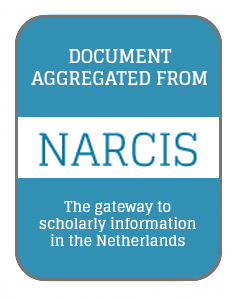Resource information
Anomaly assessment for drought monitoring, as required for index insurance applications, is commonly done by comparing actual NDVI measurements against their historical records on a pixel-by-pixel basis. Limited years of satellite records with operational real-time availability result in time-series with a relative low count in annual repeats, e.g., the VEGETATION sensor onboard SPOT and Proba-V has completed at present only 19 full annual repeats. This number is too low for agricultural index insurance models that require accurate assessments of impacts of perils (e.g. of drought) on crop performance during a specific growing season. Generally, they want to see at least 30 annual repeats. Then, considering that the index models typically focus on the left-tail part of the NDVI frequency-distribution, to extract NDVI-thresholds that correspond to drought incidence statistics, the obtainable model accuracy further drops. Typical trigger points used by index insurance models concern the 15th and 5th percentile statistics, which implies that even with thirty annual repeats, these percentiles cannot be robustly estimated. Derived results are thus hardly acceptable to actuaries of insurance companies and financial institutes alike. In this paper, we propose an innovative way to assess NDVI anomalies that significantly increases the statistical basis for their calculation. Rather than focusing only on a single pixel, we make use of the fact that large clusters of pixels respond relatively homogeneously to anomalies in weather patterns. These clusters have a similar land cover and land use, which are determined by climatic conditions, including its variability, most notably drought frequency, duration and severity. The clusters can be derived with unsupervised classification by analyzing the similarity in their long-term NDVI-profiles. Using NDVI-measurements of all pixels in a cluster and all their annual repeats, allows accurate extraction of needed left-tail percentile statistics. Subsequently, seasonal anomalies for individual pixels are then compared against these percentiles. Based on this logic, we have designed an index insurance model that is currently implemented in Ethiopia, and that utilizes real-time Proba-V data as broadcasted through EUMETCast. The model showed an excellent correspondence with surveyed data on farmers experiences. An added value is that the presented approach can easily be scaled to other regions, and that it can also be utilized to benefit real-time drought early warning schemes.


